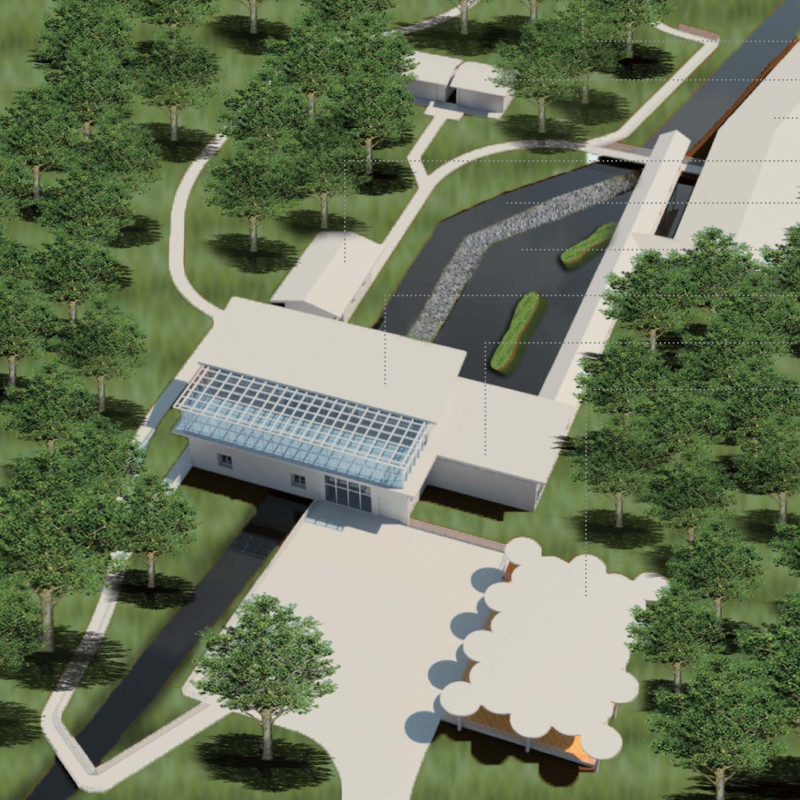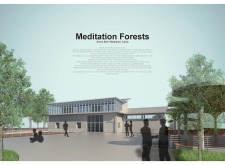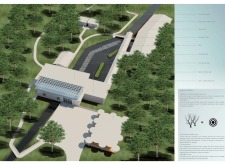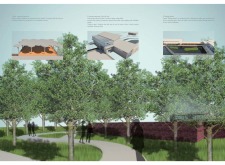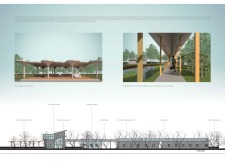5 key facts about this project
### Project Overview
Located within the Stone Barn Meditation Camp, "Meditation Forests" is designed to foster an environment that encourages meditation and relaxation, integrating seamlessly with the natural landscape. This initiative seeks to address modern mental health concerns by providing a space that enhances connections between individuals, nature, and self-awareness.
### Spatial Configuration
The design incorporates a variety of functional areas specifically aimed at promoting tranquility:
- **Forest Trailer Area**: A designated zone for relaxation and meditation activities.
- **Forest Dark Meditation Rooms**: Private spaces intended for deeper meditation experiences.
- **Guest Rooms**: Accommodations for visitors retreating from urban distractions.
- **Manager's House**: Ensures efficient administrative operations.
- **Open-Air Sauna Area**: Integrates wellness features within the natural environment.
- **Floating Islands**: An environmental pool offering recreational options like swimming and meditation.
- **Semi-Outdoor Forest Area**: Designed for nature-centric activities and engagement.
### Materiality and Environmental Synergy
Material choices are integral to the project's concept, with a focus on natural and sustainable elements:
- **Wood**: Used in structural and finish elements to create a warm, inviting atmosphere.
- **Glass**: Incorporated in windows and facades to enhance natural lighting and blur the distinction between interior and exterior spaces.
- **Stone**: Acknowledged for its historical significance in the context of the original stone barn structure.
- **Bamboo**: Considered for outdoor features due to its rapid growth and sustainable characteristics.
The design emphasizes a harmonious relationship with the existing forest ecosystem. Key environmental strategies include the preservation of the original forest to maintain ecological balance, the incorporation of features like the Floating Islands for recreational and educational purposes, and architectural orientation that utilizes natural ventilation to optimize energy efficiency. Through these strategies, the project not only seeks to promote mindfulness but also actively supports local biodiversity and ecological restoration.


